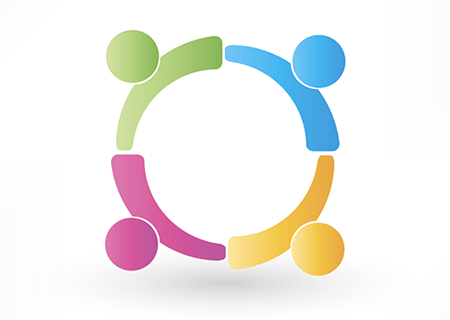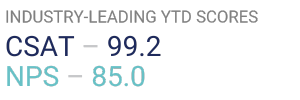By Dean Manzoori, Masergy VP, UCaaS Product Management
Voicemail, a 30-year-old communications technology, is evolving to offer workers a richer set of collaboration options.

Coca-Cola Co., the world’s largest beverage company, recently did away with traditional voicemail for most of its headquarters staff. Coca-Cola’s CIO Ed Steinike explained that the move was designed to “simplify the way we work and increase productivity,” according to Bloomberg News.
Voicemail has to adapt and change. Workers everywhere increasingly rely on smartphones as well as desk phones. And callers are just as likely to call a recipient’s mobile number, or send them an instant message, as they are to leave a message on their office phone.
Freedom of Choice
To reflect the many ways that workers want to communicate and collaborate, voice messaging is increasingly being integrated into unified communications (UC) solutions. A UC system integrates voicemail and email, and provides users with transcripts of their voice messages via email.
Think about how easy that is. As you’re scrolling through your inbox, you retrieve and read not only the latest emails, but also transcripts of your most recent voice messages on your smartphone, tablet or laptop, wherever you are. No need to dial in, enter access codes and wade through those “um’s” and “ah’s.”
Unified Communications is also well suited to the way work teams collaborate. Answering a voicemail often requires checking in with colleagues for additional information and approvals. When the message is in voicemail, it’s easy to forget or accidentally delete. But as a transcript, it’s saved in email.
Mobility Rules
Mobile integration is another powerful feature of Unified Communications. This lets workers route incoming calls ring to any or all of their computing devices. They can also use these same devices to initiate video calls. And in-process calls can be seamlessly transferred from one integrated device to another. That way, if an employee is on a call in their office and needs to leave for a meeting, they can seamlessly transfer the call to their smartphone on the go without missing a beat.
Masergy’s unified communications solution lets workers see the real-time status or “presence” of colleagues. This helps everyone avoid phone tag. If a colleague is shown at their desk, you can send them a quick instant message (IM) to see if they can talk via phone. And if the system shows them away or on a call, you can still send an IM to arrange a time to speak by phone.
Masergy’s solution also offers video calling and Web conferencing. Team members at various locations can easily share virtual whiteboards, Web-based content, polls, media files, live streams and more. Conference leaders can share applications, portions of their screens or their entire desktops, even with others who don’t have the relevant application on their devices. These sessions can be recorded, too, and all from an easy-to-use web interface.
Technologies, like biological species, evolve in response to changes in their environments. As the world becomes increasingly mobile, voicemail is evolving in ways that should benefit all.
Learn more about Masergy’s Unified Communications as a Service (UCaaS) solution.











